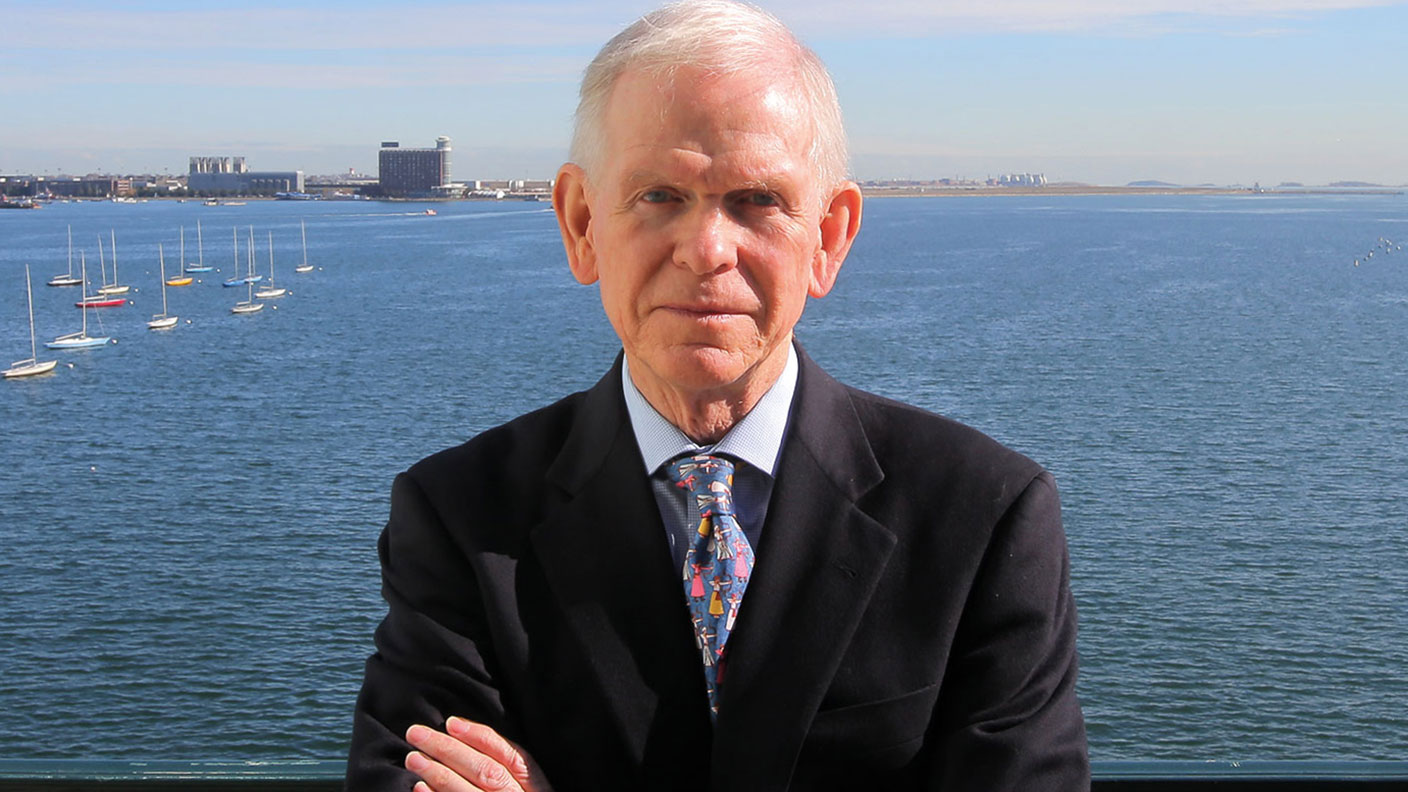Prepare for the end of the epic bubble in US stocks
US stocks are as expensive as they’ve ever been. How can you prepare your portfolio for a bubble bursting?


Last week, Tesla’s founder Elon Musk sent a two-word message on social-media site Twitter: “Use Signal”. It referred to an encrypted messaging service. But by the start of this week, a tiny unrelated medical devices firm – Signal Advance – had seen its value surge by more than 5,100%, reports Bloomberg. Mistaken identity is not unheard of in markets, but a 50-fold gain in three days for an unknown stock suggests that right now investors are far more afraid of missing out than they are of any downside.
No wonder Jeremy Grantham, a respected market historian and co-founder of US asset manager GMO, is now convinced we’re in “a fully fledged epic bubble”. Tesla itself – the pin-up stock for this bubble – has seen its share price surge more than tenfold since its low point in March last year. It became the world’s most valuable car maker in July. It makes the rise in bitcoin (see page 4), another speculative asset, seem tame by comparison.
Examples abound. Eoin Treacy notes on fullertreacymoney.com that the number of big companies trading on a price/sales ratio of more than ten (meaning that the firm would have to pay out 100% of revenues for ten years running to pay investors back in a decade) is at levels last seen during the dotcom bubble. Comparing the market capitalisation of the S&P 500 with US GDP has been dismissed as outdated – about 40% of S&P earnings come from outside the US. But as John Authers notes on Bloomberg, according to Jason DeSena Trennert of Strategas Research Partners, the S&P 500 is now as costly as it was in 2000, even if you compare it to global GDP. Initial public offerings (IPOs) are surging despite the pandemic and a particularly speculative type of financial vehicle – the SPAC – listed in record numbers last year. Complacency abounds.
MoneyWeek
Subscribe to MoneyWeek today and get your first six magazine issues absolutely FREE

Sign up to Money Morning
Don't miss the latest investment and personal finances news, market analysis, plus money-saving tips with our free twice-daily newsletter
Don't miss the latest investment and personal finances news, market analysis, plus money-saving tips with our free twice-daily newsletter
So what can you do? Selling up and sheltering in cash is not the best option. “Calling the week, month or quarter of the top is all but impossible,” notes Grantham. But note that the US is very much the epicentre of this bubble. Asset manager Vanguard last month noted that US stocks have beaten international markets (as measured by MSCI indices) by a huge eight percentage points a year on average, over the past decade. The majority of that outperformance has been due to two things. First, investors have been increasingly willing to pay a premium for US stocks over their global peers, which has left US stocks looking expensive. Second, the dollar has gained against most other currencies. That is unlikely to be repeated in the coming decade – with the US starting from higher valuations, international stocks are more likely to win out this time. No one has a crystal ball. But if you are heavily invested in the US, now looks a good time to take some profit and invest in cheaper markets.
Get the latest financial news, insights and expert analysis from our award-winning MoneyWeek team, to help you understand what really matters when it comes to your finances.
John Stepek is a senior reporter at Bloomberg News and a former editor of MoneyWeek magazine. He graduated from Strathclyde University with a degree in psychology in 1996 and has always been fascinated by the gap between the way the market works in theory and the way it works in practice, and by how our deep-rooted instincts work against our best interests as investors.
He started out in journalism by writing articles about the specific business challenges facing family firms. In 2003, he took a job on the finance desk of Teletext, where he spent two years covering the markets and breaking financial news.
His work has been published in Families in Business, Shares magazine, Spear's Magazine, The Sunday Times, and The Spectator among others. He has also appeared as an expert commentator on BBC Radio 4's Today programme, BBC Radio Scotland, Newsnight, Daily Politics and Bloomberg. His first book, on contrarian investing, The Sceptical Investor, was released in March 2019. You can follow John on Twitter at @john_stepek.
-
 Why Trustpilot is a stock to watch for e-commerce exposure
Why Trustpilot is a stock to watch for e-commerce exposureTrustpilot has built a defensible position in one of the most critical areas of the internet: the infrastructure of trust, says Jamie Ward
-
 Tetragon Financial: An investment trust with stellar returns
Tetragon Financial: An investment trust with stellar returnsTetragon Financial has performed very well, but it won't appeal to most investors – there are clear reasons for the huge discount, says Rupert Hargreaves
-
 Why Trustpilot is a stock to watch for exposure to the e-commerce market
Why Trustpilot is a stock to watch for exposure to the e-commerce marketTrustpilot has built a defensible position in one of the most critical areas of the internet: the infrastructure of trust, says Jamie Ward
-
 Tetragon Financial: An exotic investment trust producing stellar returns
Tetragon Financial: An exotic investment trust producing stellar returnsTetragon Financial has performed very well, but it won't appeal to most investors – there are clear reasons for the huge discount, says Rupert Hargreaves
-
 How to capitalise on the pessimism around Britain's stock market
How to capitalise on the pessimism around Britain's stock marketOpinion There was little in the Budget to prop up Britain's stock market, but opportunities are hiding in plain sight. Investors should take advantage while they can
-
 London claims victory in the Brexit wars
London claims victory in the Brexit warsOpinion JPMorgan Chase's decision to build a new headquarters in London is a huge vote of confidence and a sign that the City will remain Europe's key financial hub
-
 The consequences of the Autumn Budget – and what it means for the UK economy
The consequences of the Autumn Budget – and what it means for the UK economyOpinion A directionless and floundering government has ducked the hard choices at the Autumn Budget, says Simon Wilson
-
 Reinventing the high street – how to invest in the retailers driving the change
Reinventing the high street – how to invest in the retailers driving the changeThe high street brands that can make shopping and leisure an enjoyable experience will thrive, says Maryam Cockar
-
 8 of the best houses for sale with electric vehicle charging
8 of the best houses for sale with electric vehicle chargingThe best houses for sale with electric vehicle charging – from a converted World War II control tower in Scotland, to a Victorian country house in Cumbria
-
 Big Short investor Michael Burry closes hedge fund Scion Capital
Big Short investor Michael Burry closes hedge fund Scion CapitalProfile Michael Burry rightly bet against the US mortgage market before the 2008 crisis. Now he is worried about the AI boom
